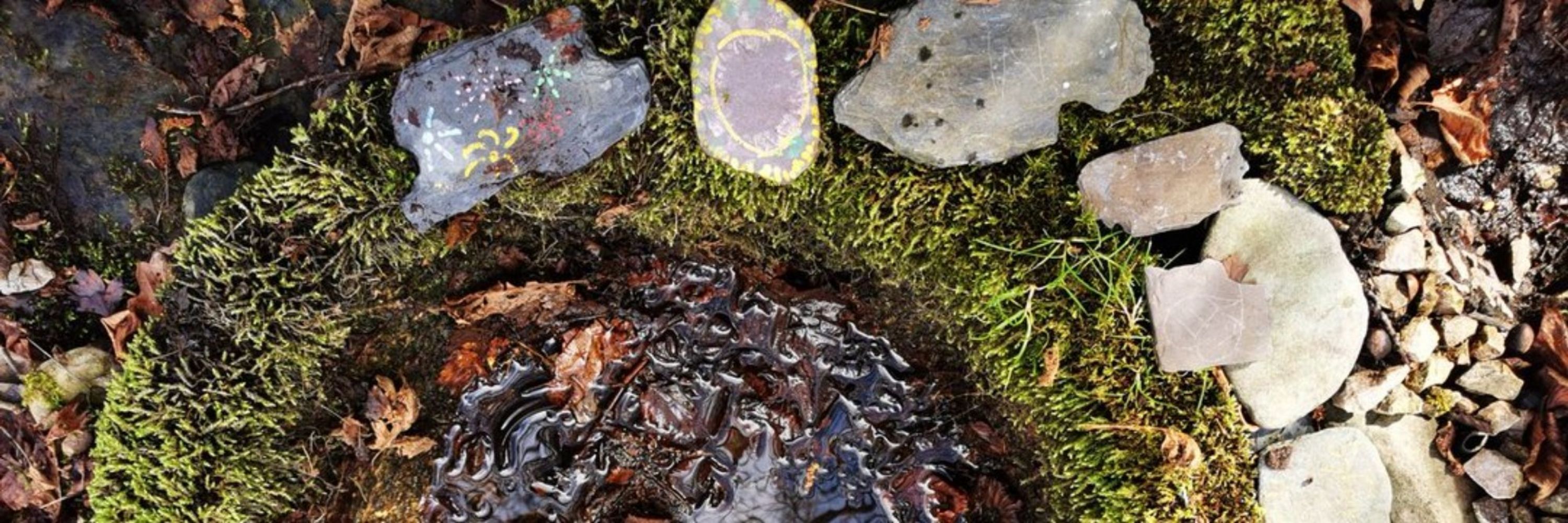
Folklore & history / llên gwerin & hanes
More at www.wellhopper.wales











This well lies on the Anglesey Coastal Path to the north of Valley. Local belief is that it was once associated with a local small monastic settlement connected to the monastery at Holyhead. More recently it was been used as a local water supply.
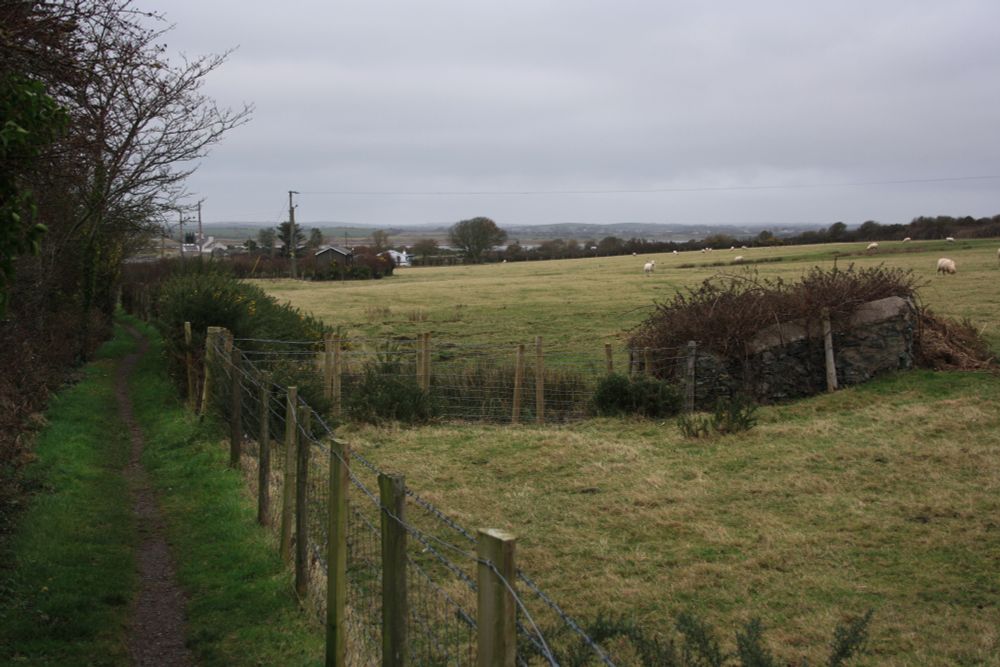

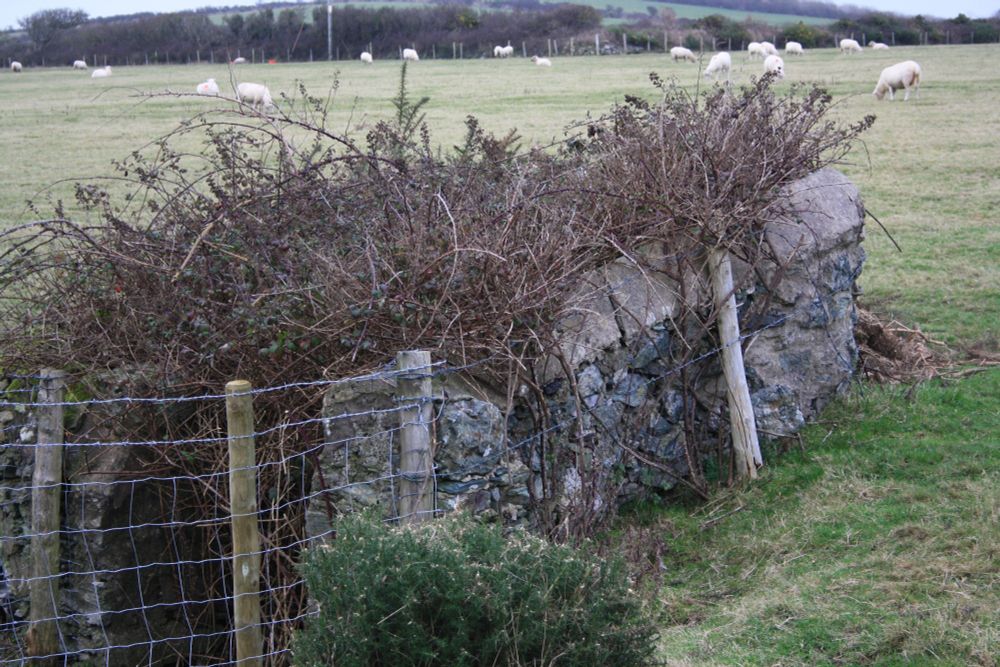
This well lies on the Anglesey Coastal Path to the north of Valley. Local belief is that it was once associated with a local small monastic settlement connected to the monastery at Holyhead. More recently it was been used as a local water supply.

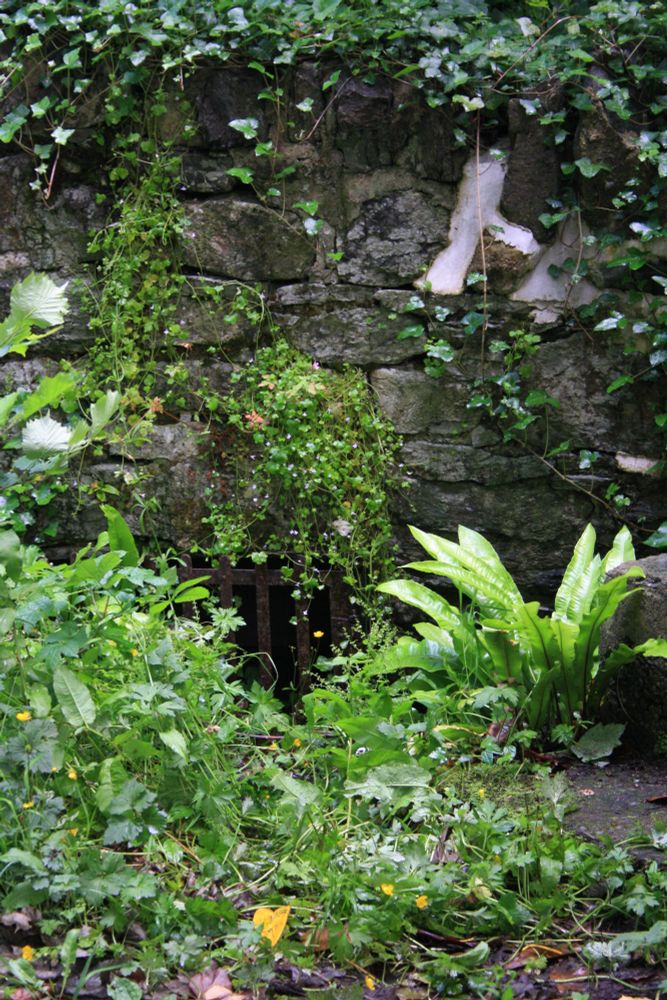
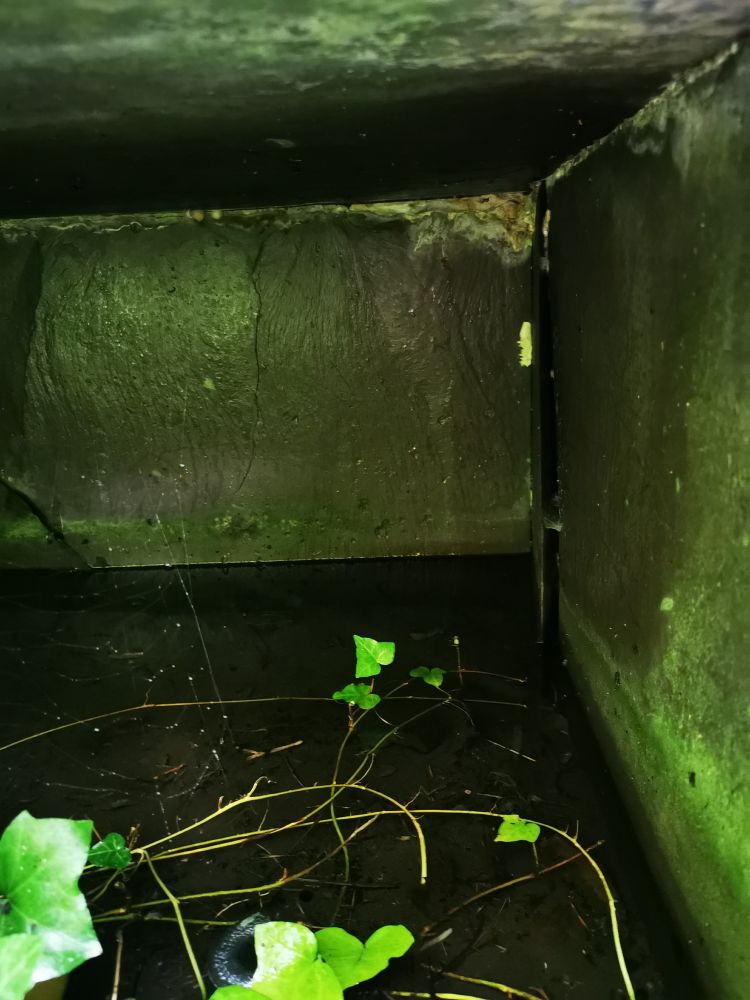
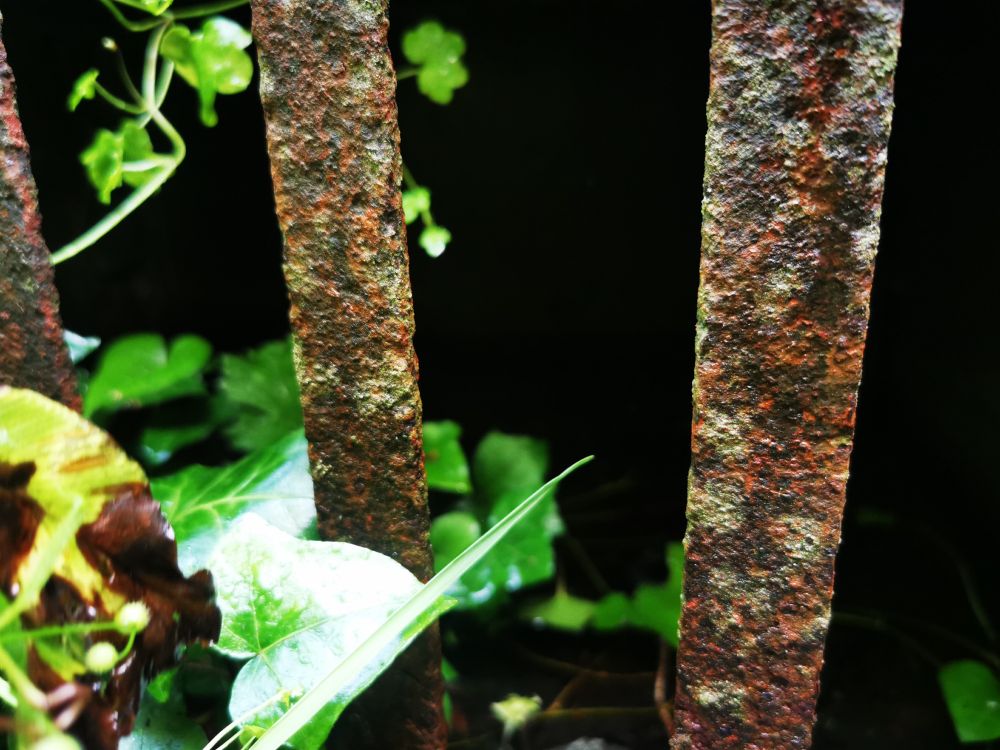
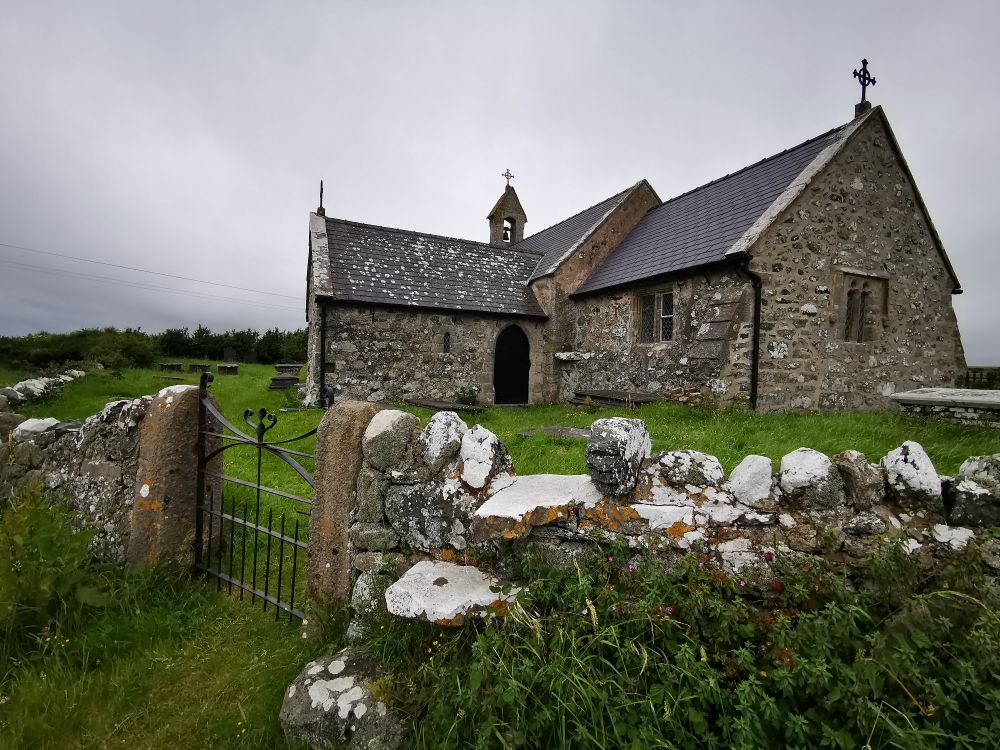
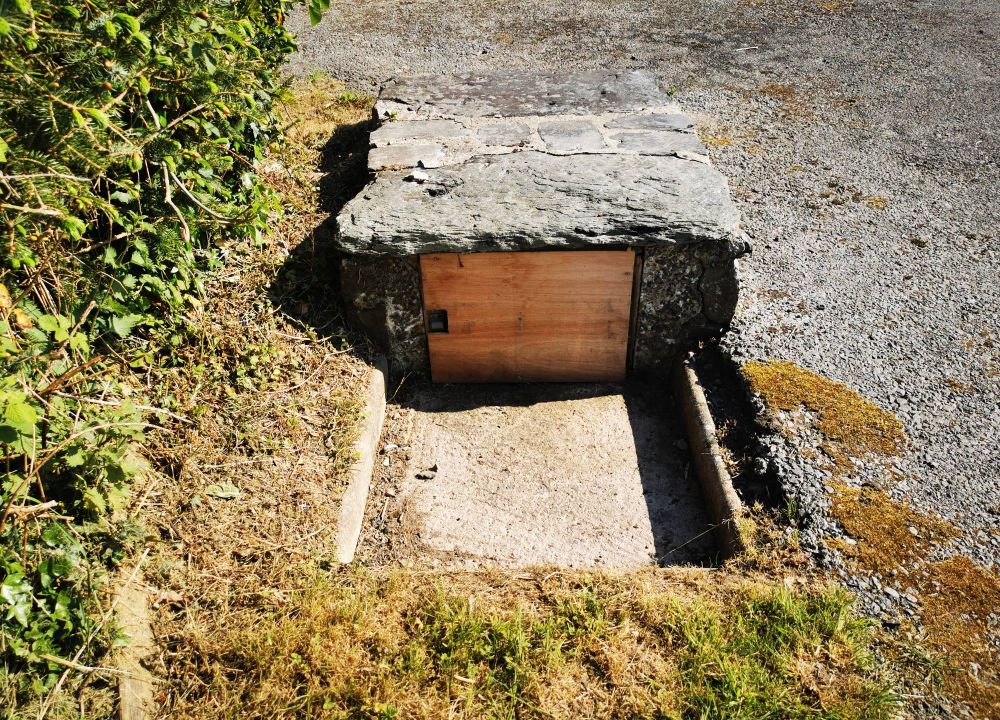
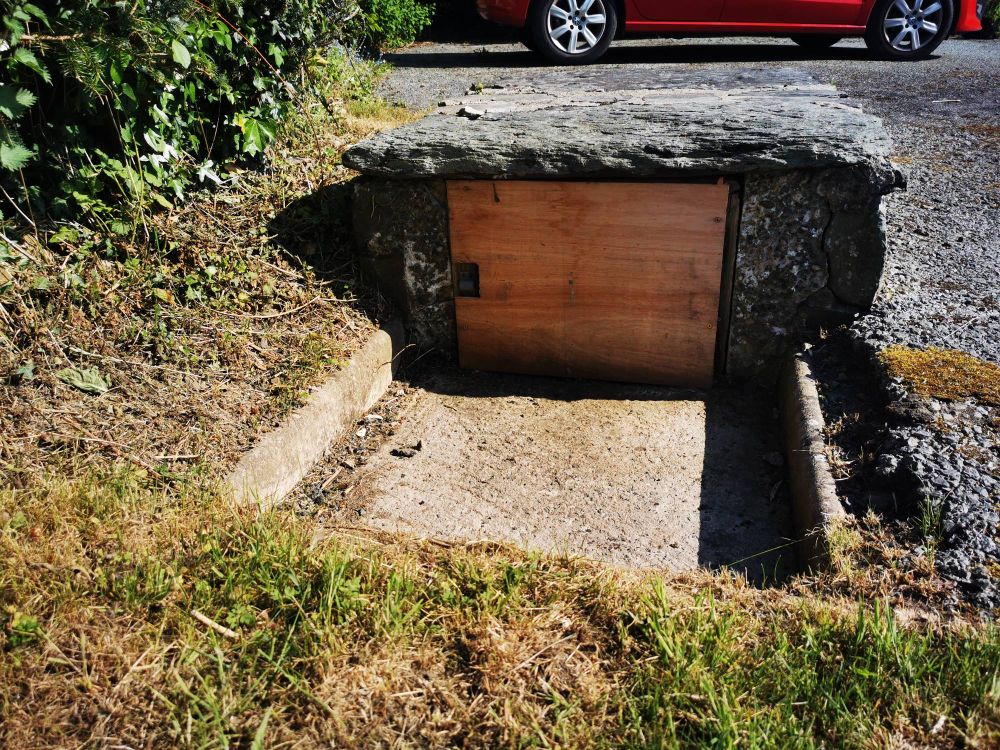
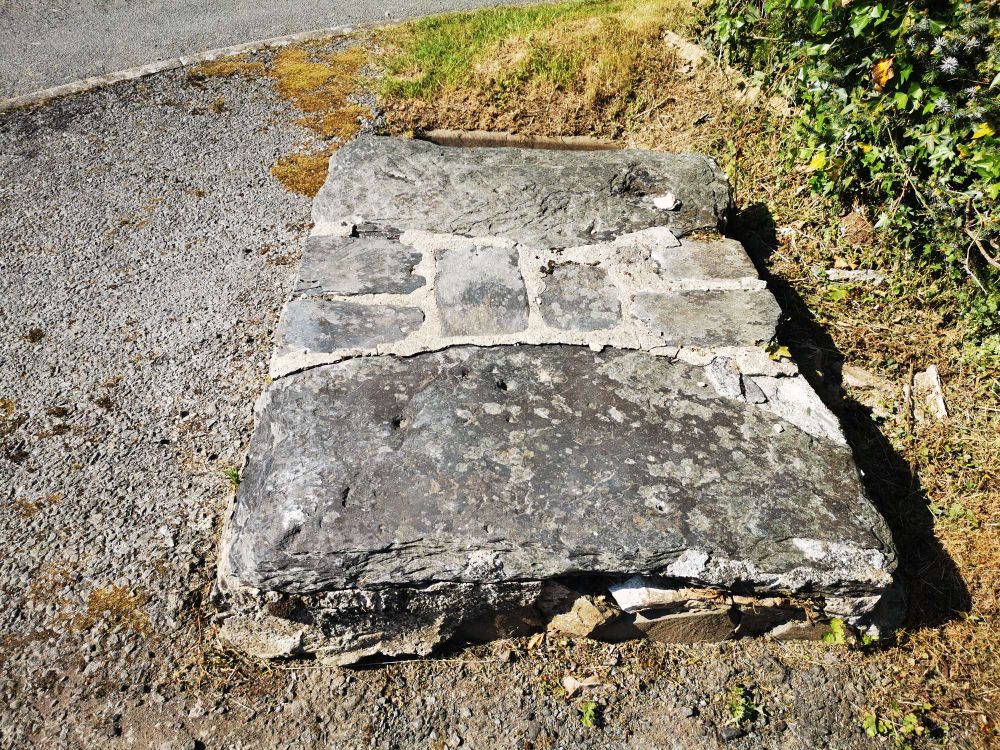
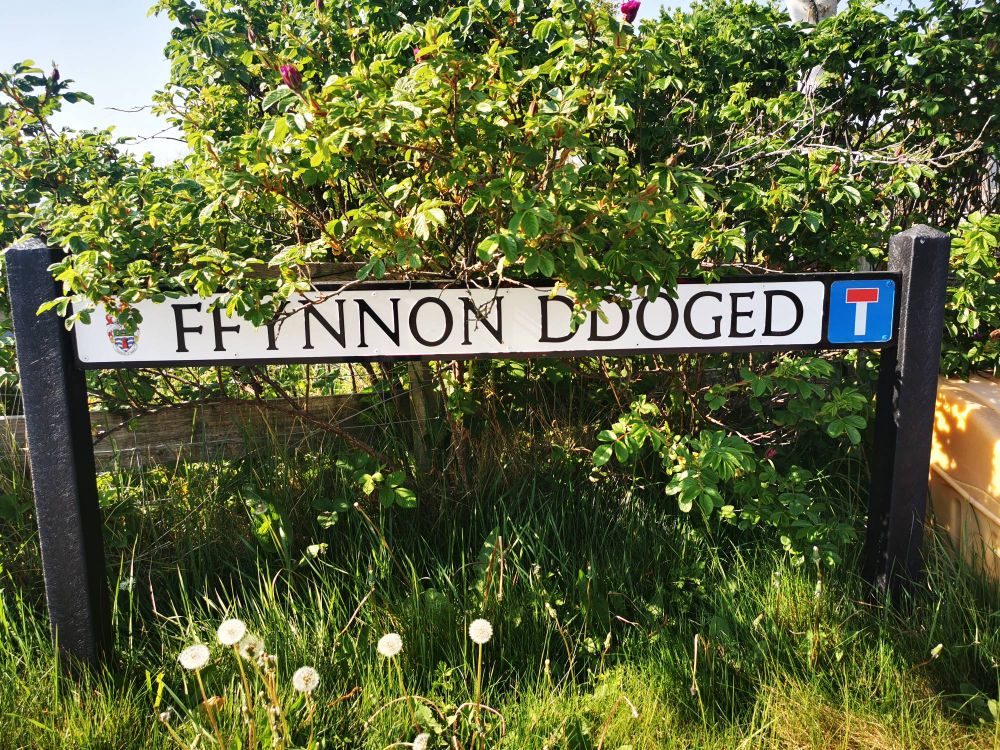









Llanbadrig, Ynys Mon.




Llanbadrig, Ynys Mon.




"The poor and the lame visit the well more to beg and receive alms than to benefit from the use of its waters."

"The poor and the lame visit the well more to beg and receive alms than to benefit from the use of its waters."





seen here in better days - I think it has become much more overgrown and inaccessible recently.




seen here in better days - I think it has become much more overgrown and inaccessible recently.
Pennies that had been used to close the eyes of a corpse were thrown into the well as offerings to enact a curse.
Local people refused to drink water from the well as a consequence of its reputation.

Pennies that had been used to close the eyes of a corpse were thrown into the well as offerings to enact a curse.
Local people refused to drink water from the well as a consequence of its reputation.
Thanks to @skullsandsheets.bsky.social and another successful Mari Lwyd auction supporting domestic violence charities.
Diolch yn fawr

Thanks to @skullsandsheets.bsky.social and another successful Mari Lwyd auction supporting domestic violence charities.
Diolch yn fawr
Edward Lhuyd in his Parochialia quoting from Gabriel Hughes - vicar of Gwyddelwern, 1652

Edward Lhuyd in his Parochialia quoting from Gabriel Hughes - vicar of Gwyddelwern, 1652

"..to which was formerly attributed great Virtue."




"..to which was formerly attributed great Virtue."
A sketch made by poet Felicia Hemans, most probably during the 1820s.

A sketch made by poet Felicia Hemans, most probably during the 1820s.
Known as a wishing well in the late nineteenth century and when cleaned in 1890 bent pins, coins and buttons were found.
Picture: Cardiff Naturalists' Society Transactions, 1903.

Known as a wishing well in the late nineteenth century and when cleaned in 1890 bent pins, coins and buttons were found.
Picture: Cardiff Naturalists' Society Transactions, 1903.

